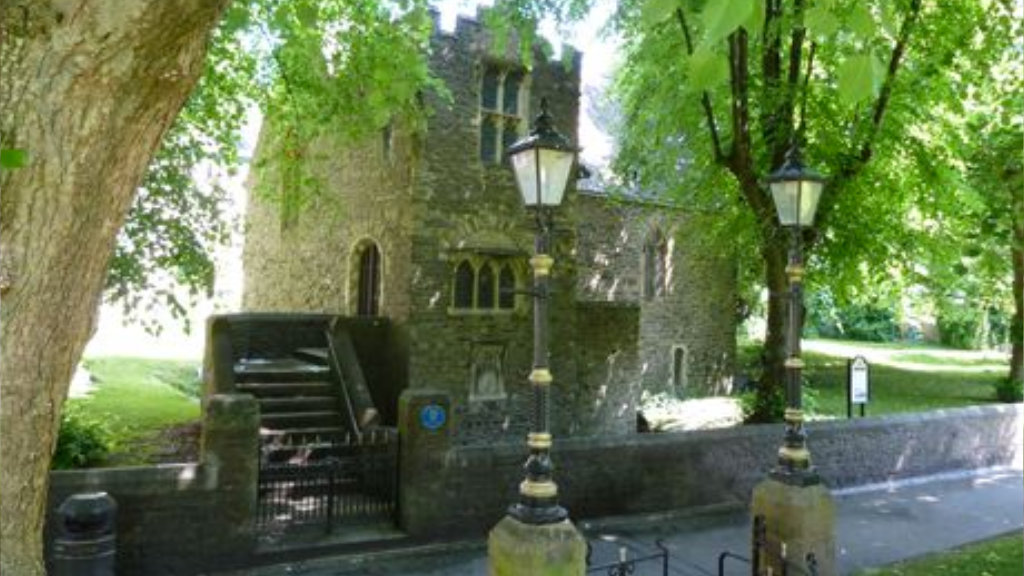The first Huguenots arrived in Barnstaple in 1685. The year the Edict of Nantes was revoked. The way in which the town responded to the new arrivals is recorded in the diary of Jacques Fontaine, who was born in Jenouille (or Genouillé), France in 1658. He describes the welcome he received from Protestant hosts: “After paying for our passage, I had only twenty gold pistoles left, but God had not conducted us in safety to a haven there to leave us to perish with hunger; the good people of Barnstaple had compassion upon us, took us into their houses, and treated us with the greatest kindness; thus God raised up for us fathers and mothers, and brothers and sisters, in a strange land”. Barnstaple received funds from the Civil List during William and Mary’s reign to support the Huguenots living in there. Shortly after their arrival they were given St. Anne’s Chapel (now a museum and community centre) as a place of worship and services, in French, were held there until 1762. Fontaine stayed with a local merchant called Downe and was joined in Barnstaple by a further 126 immigrants. His diary was translated and published under the title: ‘A Tale of the Huguenots’ or ‘Memoirs of a French Refugee Family’ in 1838 and goes on to record his business failures and successes and his marriage.
The Huguenot influence on Barnstaple, as in the other towns in which the refugees settled, was on-going due to their introduction of different divisions of wool manufacture and dyeing processes for which the town became famous. Jean Ulrich Passavant, a Huguenot from Strasbourg, created a carpet in 1761 depicting Barnstaple’s coat of arms and presented it to the town. The carpet also displayed the name of the mayor, Monier Roch. The Roch family, who were of Huguenot descent, was prominent in Barnstaple. Both Matthew Roch and his son Monier Roch established themselves within the local community and served several times as the Town’s Mayor. In 1791 Monier Roch founded the Barnstaple Bank and was borough treasurer. A portrait of Matthew Roch can be seen in Barnstaple’s Guildhall.

